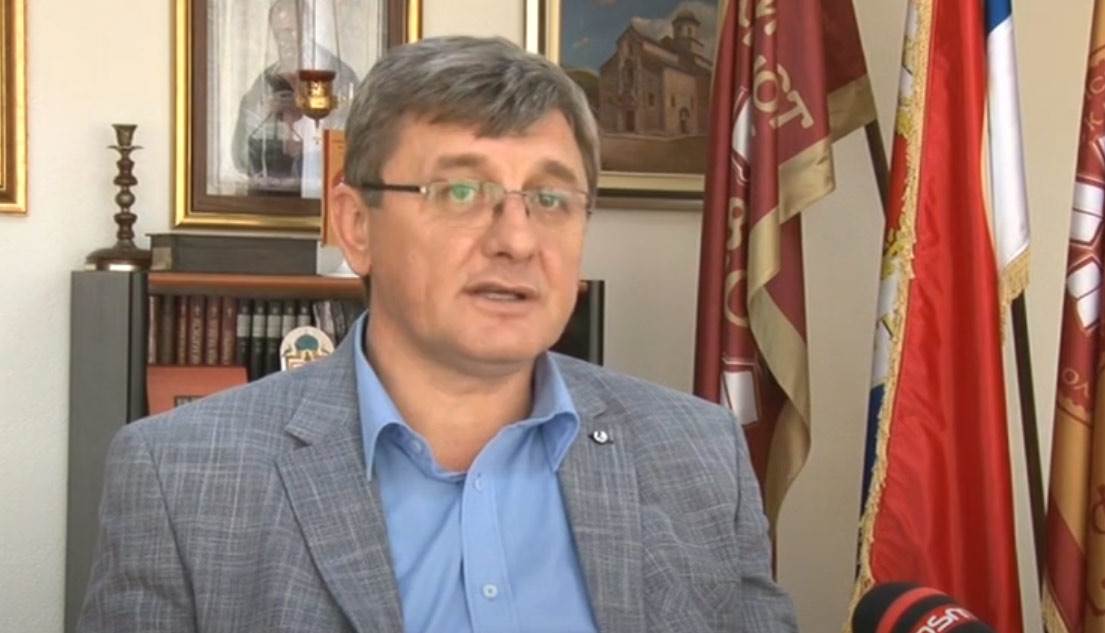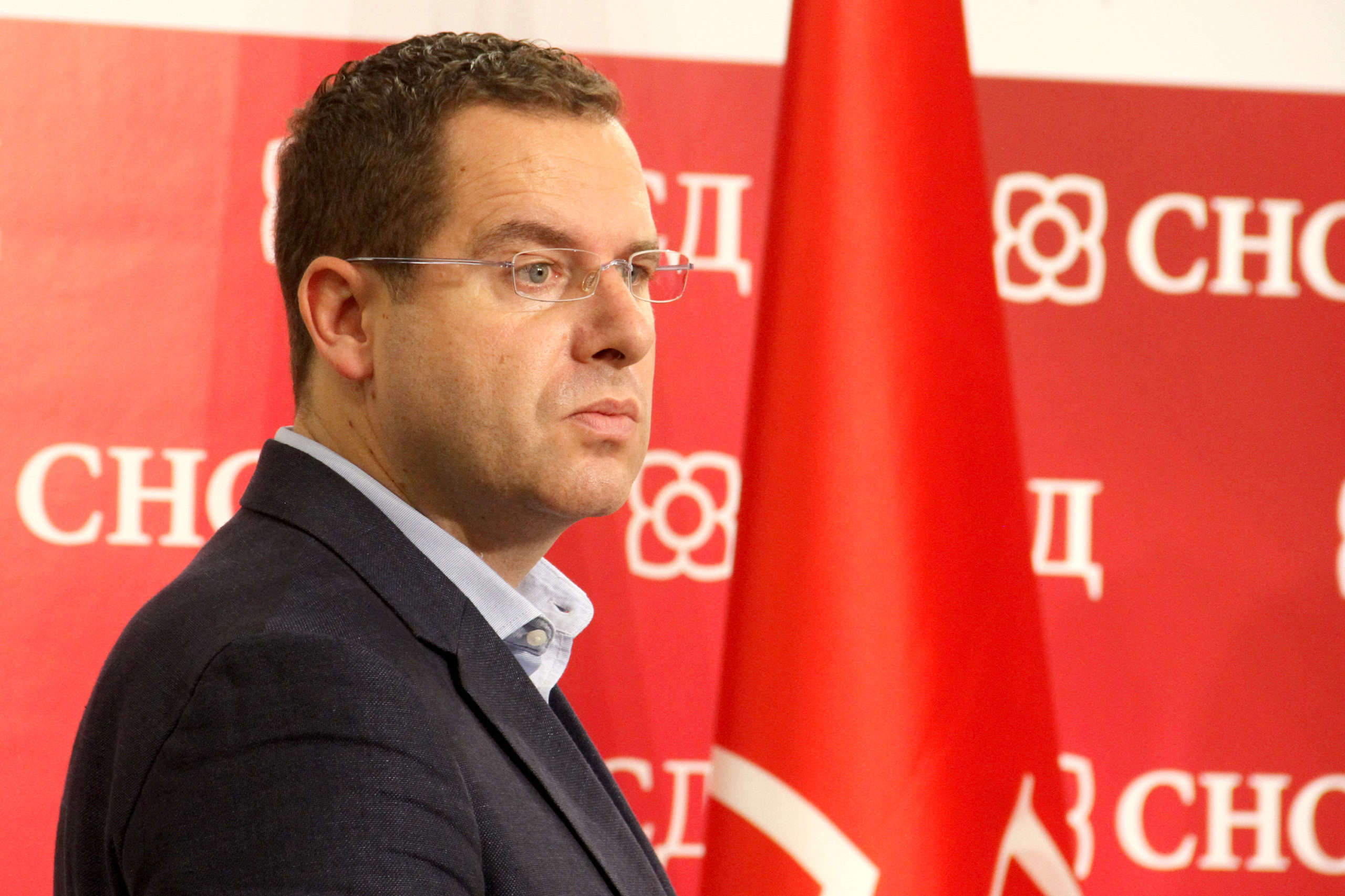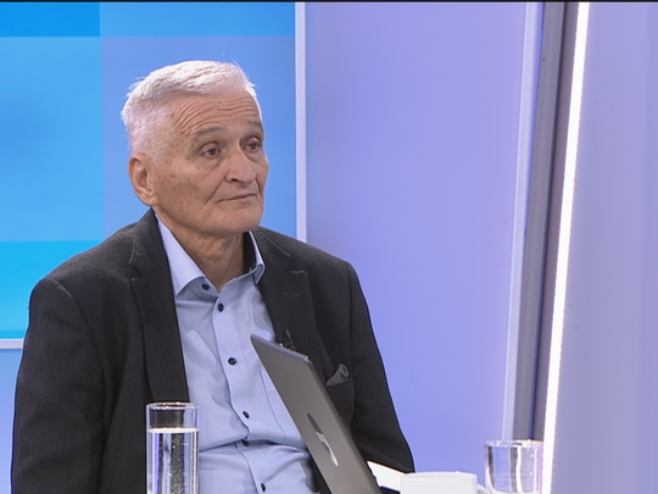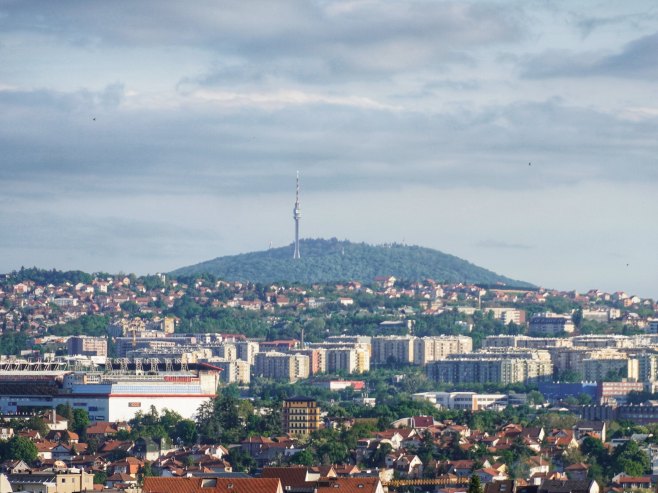The Dean of the Faculty of Philosophy at the University of East Sarajevo, Draga Mastilović, stated that the entire history of the Serbian people in the area of Sarajevo could be summarized in a sentence as a centuries-long continuity of existence and eradication, and that what happened to the Serbs of Sarajevo in the last decade of the 20th century represents the culmination of the process of eradication.
“It is the culmination of eradication, not only physical but also economic, cultural, spiritual, historical, to ultimately turn into the eradication of memory and the right to memory, which unfortunately continues today,” said Mastilović.
He emphasized that the persecution of Serbs represents the culmination of suffering and rounds off the process of the eradication of Serbs in Sarajevo, who overnight became homeless and embarked on refuge and diaspora around the world, leaving behind not only their property but also the city they had built for centuries.
“Serbs did not even leave the graves of their loved ones; they carried them with them as a sure sign and vow never to return to that city,” said Mastilović for “Večernje Novosti”.
The Mayor of East Sarajevo, Ljubiša Ćosić, stated that the “migration” of Serbs from Sarajevo in 1996 is the largest demographic movement of a people after World War II in a single micro-region.
“People left because of fear for their lives as they knew they had been subject to bloody attacks by Muslims throughout the war on their settlements. They could not expect security if they stayed. They feared retaliation from Muslims and threats from [Alija] Izetbegović to arrest all those who had carried a gun. And those who had carried guns were householders who defended their homes and attacked no one,” said Ćosić.
He mentioned that a smaller number of Serbs who left in 1996 remained in the area of what is now East Sarajevo and built a city that grows and develops year by year.
The head of the Sokolac municipality, Milovan Bjelica, reminded that during the exodus from Sarajevo, the Serbian Serbs also transferred the mortal remains of their loved ones, which is a unique example.
“The exodus of Serbs from Sarajevo is one of the historical events on the scale of the exodus of Jews from Spain and Greeks from Asia Minor. Serbs who fled Sarajevo gave an additional impulse to the life of all cities in Republika Srpska and Serbia where they fled, enriching the cultural, scientific, and every other segment of life. They gave a great sacrifice for the creation and defense of Srpska,” said Bjelica.
According to official data, the exodus of about 120,000 Serbs began on February 17, 1996, on Orthodox All Souls’ Day, and lasted until March 16.
Serbs left the defended municipalities and settlements of then Serbian Sarajevo – Grbavica, Nedžarići, Ilidža, Ilijaš, Hadžići, Vogošća, Rajlovac, surrounding villages, and hamlets, although in the Defensive-patriotic war, Serbian fighters from the Sarajevo-Romanija region stopped 35 offensives by Muslim soldiers.
For the defense of these areas, more than 4,000 fighters lost their lives, about 3,500 were wounded, and around 1,000 were buried at the “New Zejtinlik” Military Cemetery in Sokolac.
According to the 1991 census, out of 525,000 residents of Sarajevo, 157,000 declared themselves as Serbs.
In the 2013 census in the Sarajevo Canton, out of 413,000 residents, 13,000, or 3.2 percent, declared themselves as Serbs.
Source: RTRS









